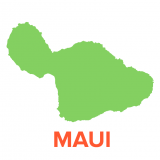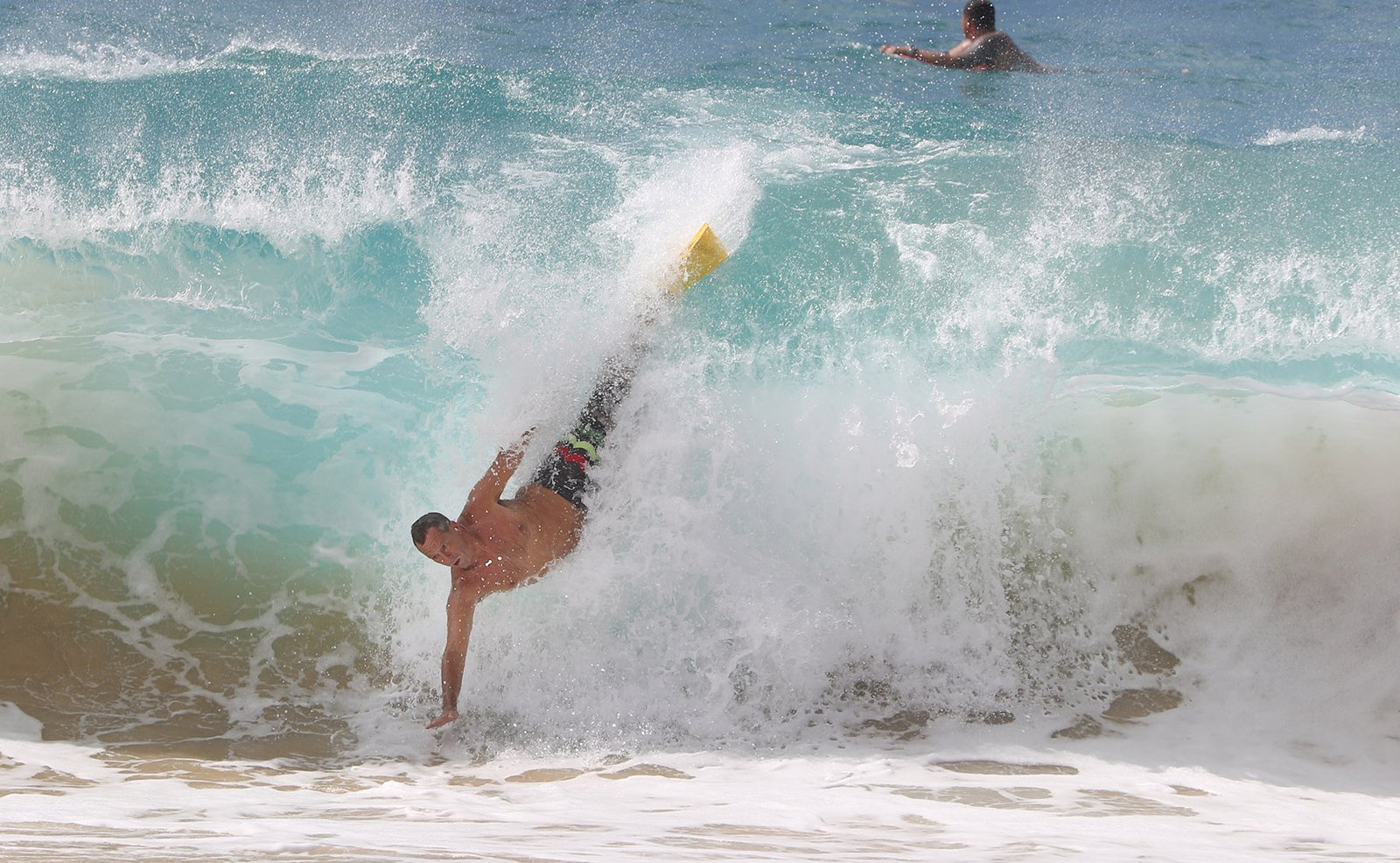The last time I was in Lahaina, in 2021, I sat on a seaside table at Mala Ocean Tavern watching the sunset. My friends and I shared plates of lamb pitas, mini Monte Cristos on sweet bread rolls and a cheese flatbread drizzled with garlic oil. Then we wandered down Front Street and grabbed a scoop of chocolate gelato from Ono Gelato Co.
We joked that we felt like tourists.
Because that’s what Lahaina had become to many of us who grew up in Hawaii — a place for visitors. Front Street was lined with art galleries, surf shops, tattoo studios and restaurants serving coconut shrimp and fish tacos. It wasn’t a place I often visited whenever I traveled to Maui (which had been a lot, pre-pandemic).
In fact, the only time I would venture down Front Street was to do research for a travel story, which would have an audience of visitors, not locals.
And yet, Lahaina has so much history, much of it buried under decades of change. It was once the seat of power for the Hawaiian Kingdom. Then it welcomed missionaries, whalers, plantation workers and, more recently, travelers.
Each era left its mark on this coastal town, from Mokuula Island that served as the royal compound for the Piilani family of chiefs in the 16th century to the Pioneer Inn, which opened in 1901 and was, up until this week, one of the oldest hotels still in operation in Hawaii.
Now nearly all of that history is gone.
Deadly wildfires ravaged West Maui this week, hitting Lahaina the hardest. Front Street looked like a war zone on Thursday, with torched vehicles left abandoned and buildings burned to the ground. The two places I had visited back in 2021 are gone, too.
More than 50 people have died so far — that number expected to increase as search-and-rescue efforts continue — with hundreds of homes and businesses destroyed.

Many of the historic sites on Front Street — itself designated a National Historic Landmark in 1962 — no longer exist.
But Kimberly Flook, deputy executive director of the nonprofit Lahaina Restoration Foundation, which manages 14 historic sites in the area, says structures may be gone but the history remains.
“The stories are embedded throughout the community, so the stories are not lost, just the physical evidence is,” Flook says.
Even before the wildfires, though, many visitors to Lahaina were unaware of the town’s history or cultural significance. I remember walking around an outline of the old Brick Palace behind the Lahaina Public Library (which burned down this week), the first Western-style building in Hawaii erected by King Kamehameha I around 1800.
The two-story structure had been long gone and only this reconstruction remained — but when I was there, no one seemed to care much about it. And I admit I have never toured the Baldwin Home Museum on Dickenson Street. This historic, two-story home was built around 1834 for medical missionaries Dwight Baldwin and Charlotte Fowler Baldwin and considered the oldest house on Maui. If you didn’t wander down Dickenson Street, you probably would’ve missed it, too.
In recent years the town had started to cater to visitors more interested in sipping mai tais at sunset (guilty!) than learning about Lahaina’s rich history.
Flook says the Lahaina Restoration Foundation was created in the ’60s for precisely this purpose.
“Very early on, there was a concern to protect (Lahaina’s) historic sites,” she says. “The worry was the history would get overridden and lost if we don’t do something about it.”
That seems apropos now.
The town is nearly rubble. Many historic sites — Waiola Church (1823), Old Lahaina Courthouse (1860), Pioneer Inn (1901), Lahaina Jodo Mission (moved here in 1931) — have been destroyed. When the county plans on rebuilding, it shouldn’t forget the history that has been lost here, a history that had already been overrun by shops selling colorful T-shirts and shave ice.

This could be an opportunity for Maui. Lahaina has emerged from the ashes of fires before — in 1919, a fire broke out at a fruit store on the mauka side of Front Street, destroying 30 buildings — and it will again.
But what does Lahaina want to be?
That’s the question Maui residents and business owners need to really think about.
Do you want it to be another Waikiki, full of souvenir shops and trendy restaurants? Do you want to reconstruct the historic structures that were lost? Do you want this area to be something entirely different?
“In the past, when places like the Waiola Church were felled by Lahaina’s fierce Kauaula wind or destroyed by fire, they were rebuilt in ways that would not only continue to honor our history but to ensure the regeneration and continuity of living traditions that are meaningful to and led by kamaaina,” says Cody Pueo Pata, a Native Hawaiian kumu hula and longtime Hawaiian language and culture teacher who has ancestral ties to Lahaina. “It is my hope that kamaaina lead our local community on the path of healing and restoration that lies ahead.”
Maui has suffered a huge and heartbreaking loss, one that’s still hard for me to get my head around. It’s unimaginable that wildfires, not an uncommon occurrence in the islands, could have decimated one of the most vibrant towns in our state.
That Lahaina Town, the way we know it, doesn’t exist anymore.
But if there’s one thing I know about Maui and its people, they are resilient, they love their island and they will come back stronger.
And Lahaina will be better for it.
Civil Beat’s coverage of Maui County is supported in part by a grant from the Nuestro Futuro Foundation.








Leave A Comment